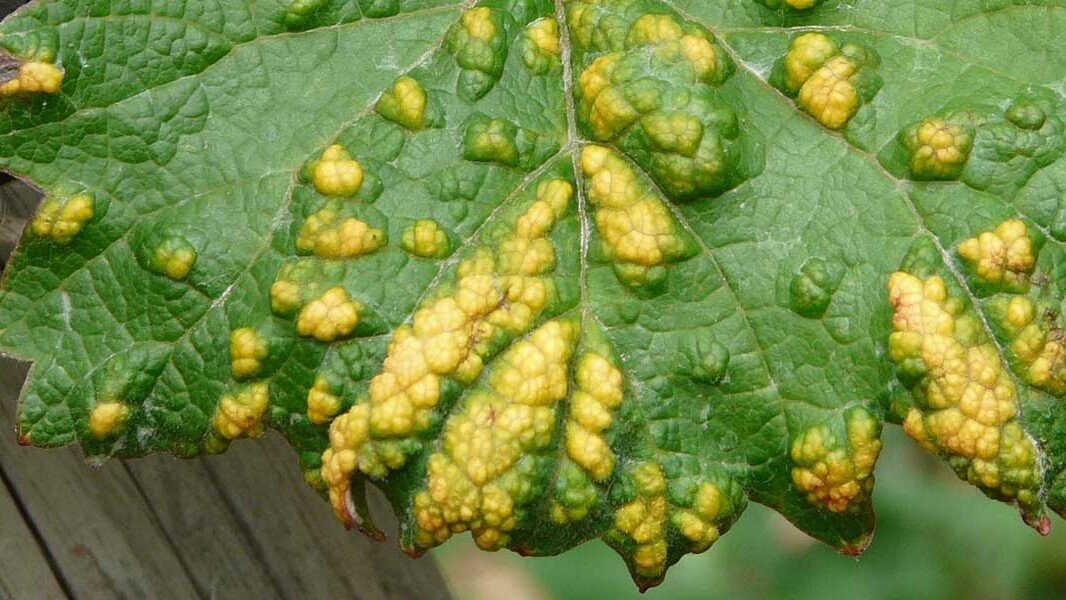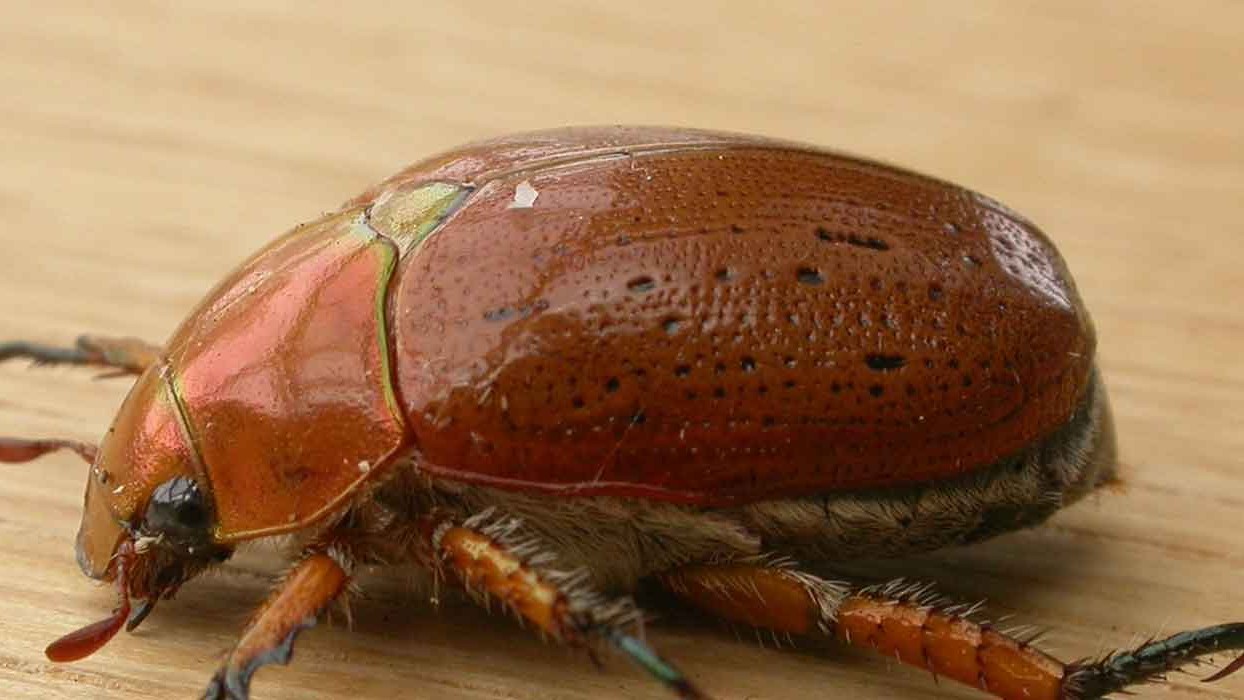Use this guide to help you make the most sustainable decision possible when, if there is no alternative, you need to use chemicals.
Active Ingredient: The portion of the chemical formulation directly responsible for herbicidal/pesticidal effects.
Biological Control: Using biological methods to control pests, eg. using the bacteria Bacillus thuringiensis to control caterpillars.
Broadcast Application: An application of spray over an entire area rather than only on individual plants.
Broadleaf Weeds: Plants with broad leaves, including flowers, trees, and many common weeds of lawns.
Certified Organic: Denotes products that have met strict guidelines set up by government approved certifying associations when grown, processed and handled.
Contact Herbicide: Only affects the part(s) of the plant(s) that the herbicide is applied to. When contact herbicides are applied to established perennial weeds, the above ground sprayed portion of the weed is usually destroyed, but regrowth can occur from the underground parts of the plant (The roots, rhizomes or tubers).
Dormant Spray: A spray that is applied after a deciduous plant has entered a stage of dormancy – that is, dropped its leaves (generally this occurs in winter).
Drift: Spray particles that are carried away from the target plant by the wind.
Foliar Treatment: Applying pesticides to the leaves (foliage) of the plant.
Integrated Pest Management: Using a combination of biological, chemical and/or mechanical means to control a pest.
Knockdown herbicides: May be either contact or translocated and can are used for the control of emergent and/or established weeds.
Leaching: The downward movement of the pesticide/herbicide into the soil, usually associated with water movement.
MSDS: Material Safety Data Sheet.
Mode of Action: The chemical reaction that takes place when a plant is treated and controlled by an herbicide.
Non-Selective Herbicide: Doesn’t discriminate between target and non-target pests.
Noxious Weed: A plant that is required by state law to be controlled and eradicated.
Organic: Technically, any compound containing carbon, which is present in anything that has ever lived! When choosing organic products search for certified organic products to be on the safe side!
Pesticide: Substances intended to repel, kill, or control any species designated a “pest”. This includes weeds, insects, rodents, fungi, bacteria and other organisms. This family of pesticides includes herbicides, insecticides, rodenticides, fungicides, and bactericides.
Post-Emergent Herbicide: A herbicide used to control plants after the plant emerges from the soil.
Pre-Emergent Herbicide: A herbicide used to control plants before the plant emerges from the soil.
Residual Herbicide: A herbicide placed on the target area that remains active in the soil for a period of time.
Selective Herbicide: Controls only certain types of plants without affecting other types of plants. Some of these act by interfering with the growth of the weed and they are often based on plant hormones.
Surfactant: Surface-active agents, emulsifiers, detergents, spreaders and dispersing agents capable of improving the effectiveness of the herbicide.
Systemic: A chemical which is absorbed directly into a plants vascular system. This method is used either to kill pests feeding on the plant or to kill the plant itself.
Related Articles:
Prevent Pests in Your Garden
If you can prevent pests in your garden you will save time, resources and money as well as helping your garden flourish. Effective pest control is…
Christmas Beetles
Most of us would be familiar with the brightly coloured, glossy and sometimes iridescent Christmas beetles. We often see them dazed and confused,…



